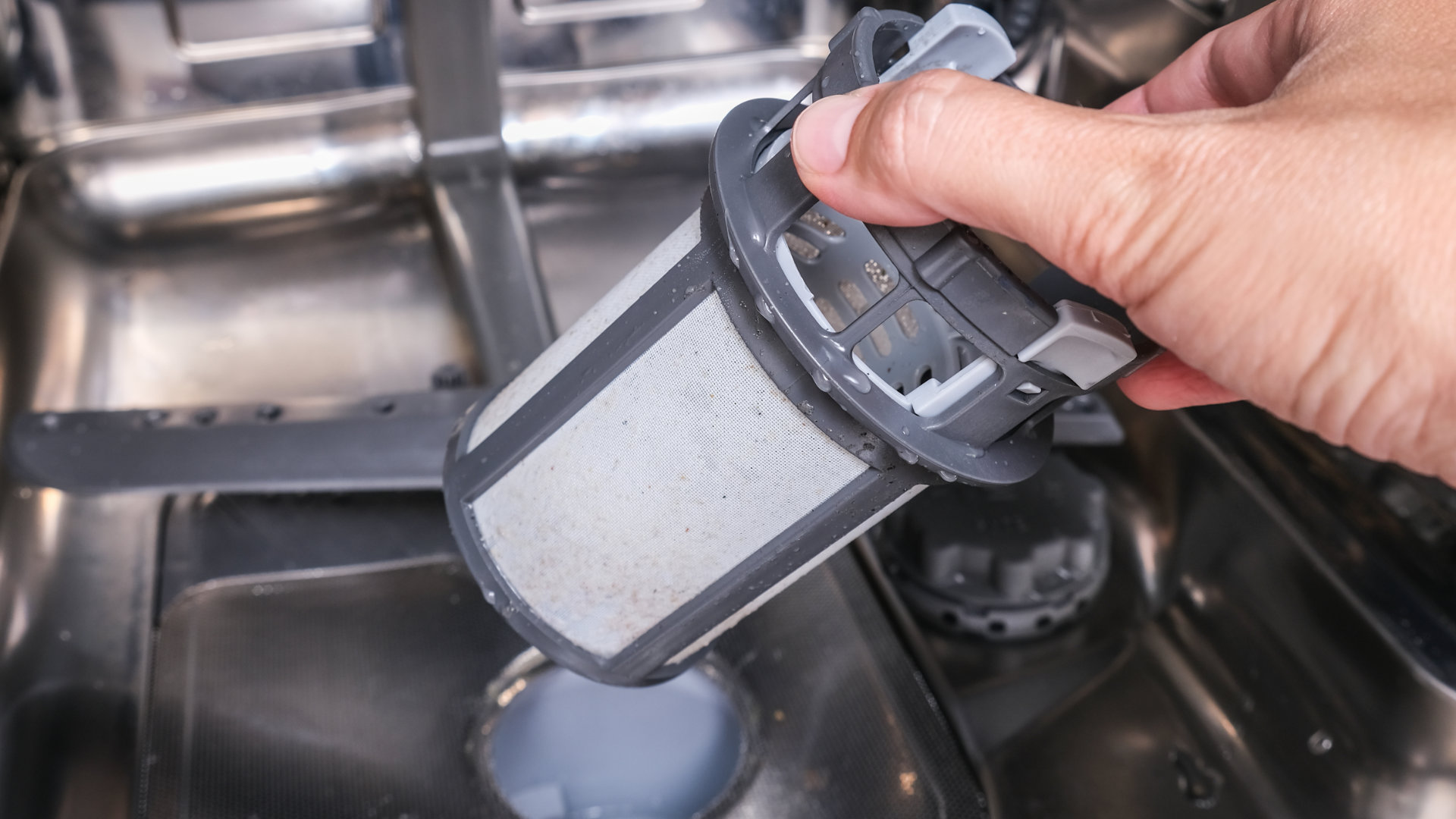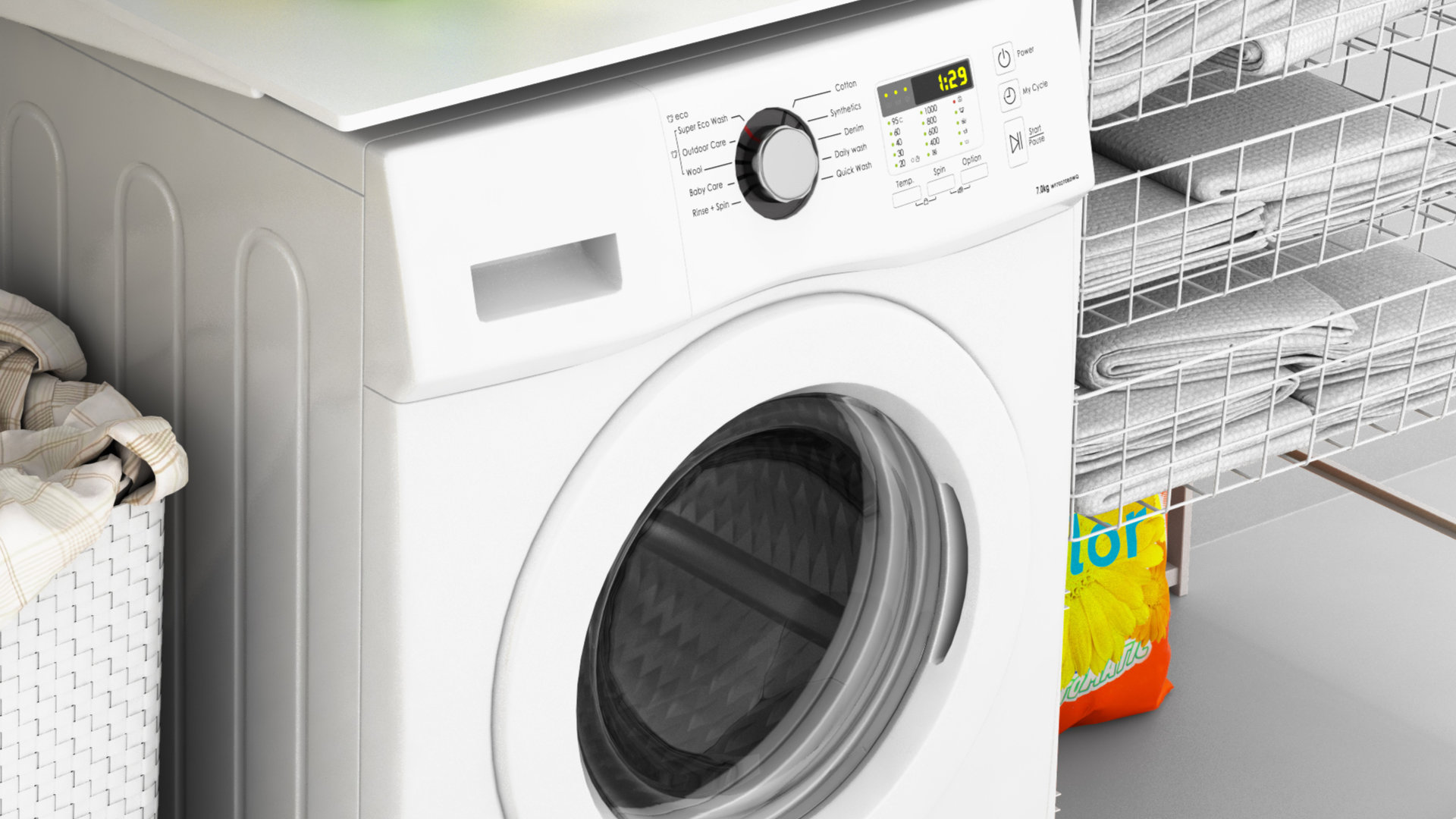
Is your microwave repeatedly tripping the circuit breaker in your home? This can be incredibly frustrating, particularly after a long day when you just want to reheat some leftovers for an easy dinner! There are a few different things that may cause your microwave to trip the circuit breaker, and some of them are relatively easy to fix. Read on to find out what to do!
Overloaded Circuit
An overloaded circuit can happen when a circuit has more electricity flowing through it than it can safely handle. This leads to the circuit breaker tripping to avoid blowing a fuse. The most common cause of this is having too many appliances running on the same circuit, but it can also be caused by a single device that uses too much power for the circuit to handle.
To check if this is the issue with your microwave, have a look at how many appliances are plugged into the power outlet. Ideally, your microwave should be the only appliance plugged into the outlet, as microwaves tend to be high-use appliances. In some cases, multiple outlets may be on the same circuit.
To fix:
- Identify which outlets correspond to the circuit that the microwave is on. You can test this when the microwave trips the circuit breaker by checking whether any other outlets are not working.
- Identify if any of the appliances on the circuit are high-consuming appliances. These tend to be appliances that use heat.
- Move any high-consuming appliances to different power circuits.
- If this isn’t possible, make sure that when you’re using the microwave, all the other appliances are turned off.
- If you’re having a continuous issue, consider getting a qualified electrician to upgrade your circuit or put in a dedicated circuit just for the microwave.
Faulty Wiring
If the wiring in your house is faulty, it can lead to circuit breakers tripping even when they’re using a normal amount of electricity. Faulty wiring can mean damaged or deteriorated wiring, loose connections, or corroded screws. If your microwave is constantly tripping the circuit breaker—even when it seems to be functioning normally otherwise—and if you’ve determined the outlet isn’t overloaded, the wiring could be at fault.
To fix:
- Take a close look at the outlet. If there is a fault, the outlet may look scorched or discolored, and there may be a burning smell.
- Check if the circuit breaker immediately trips again after being reset. This could mean a short on the circuit.
- Try a different appliance. If it trips again, it’s likely an issue with the circuit, not the microwave itself.
- In a lot of jurisdictions, you need to have a permit or be a qualified electrician to complete electrical work, so it’s recommended that you talk to a professional about getting your circuit fixed.
Microwave Malfunction
If the microwave itself is malfunctioning, this can cause it to draw too much power and trip the circuit breaker. This means that something within the microwave is faulty, causing an overload or short on the circuit.
This issue is more prevalent with older microwaves, as they tend to draw more power when internal components start to wear out. So if your microwave is getting on in years, it could be the cause of the tripping.
To diagnose this:
- Firstly, test your microwave in a different outlet, ensuring it is not on the same circuit as the initial outlet. If it trips that circuit, it’s likely that the microwave is the culprit.
- Next, test a different appliance in the microwave’s initial circuit, to ensure that the circuit is functioning correctly. If it works as expected, you’ve determined that only the microwave is at fault, not the outlet.
Once you’ve determined the microwave is at fault, you have two options—you can call in a professional technician, or you can get a new microwave. As this fault is more likely to happen in an older microwave anyway, in nearly all cases it will be more cost-effective to purchase a new one, especially as microwaves are relatively cheap compared to other appliances.
Note that the average lifespan for a microwave is 7-8 years, so if yours is older than this it might be time to bite the bullet and buy a new one!
Ground Fault
A ground fault happens when the current flowing within an appliance (in this case, a microwave) goes off course and makes contact with the grounded part of the appliance. This can be very dangerous and lead to the risk of an electric shock if you touch the device. Your home’s electrical system will contain a Ground Fault Circuit Interrupter (GFCI) and trip the circuit as soon as it detects this.
If your microwave has a ground fault, you might find that it behaves erratically, sometimes working and sometimes not. You may find that it sometimes won’t turn on at all.
To fix this issue:
- Plug the microwave into another outlet to see if the same thing happens. If it does, a ground fault could be the culprit.
- One source of grounding can be a damaged power cord. Check your power cord for any wear and tear or exposed wires. If you notice any, immediately unplug the microwave from the power.
- If the power cord is damaged, purchase a replacement cord and install it before trying the microwave again. If the cord was the issue, your microwave will now work properly without tripping the circuit breaker.
- If you’ve had recent spills or leaks around your microwave, the moisture could be causing the ground fault. Unplug the microwave, place it somewhere warm and dry, and leave it there for a few days until you’re certain it is totally dry, then see if the fault is fixed.
- If the fault is still happening, your microwave likely has damaged internal components. As stated above, you have the choice of either calling in a technician to help you diagnose the issue, or replacing the microwave. Use the age of your microwave to help you decide—remember, if it’s seven years old or more, it’s best to just replace it.

How to Reset a Whirlpool Refrigerator Ice Maker

6 Reasons Your LG Refrigerator Is Not Making Ice

Kenmore Fridge Ice Maker Not Working? 5 Ways to Fix It

How to Remove Fish Smell from Your Refrigerator

How To Fix Bosch Dishwasher E24 Error

Troubleshooting a Whirlpool Dishwasher Not Draining

Why Is Your Fridge Water Not Working, but Ice Is?

How to Fix the E15 Bosch Dishwasher Error Code

How Much Power Does a Microwave Use?

How to Properly Clean Refrigerator Coils

How to Fix an LG Washer Showing OE Error Code

Troubleshooting a GE Dishwasher with No Power and No Lights

10 Reasons Why Your Bosch Dishwasher Won’t Start

Troubleshooting the F5 Error Code with a Maytag Washer


